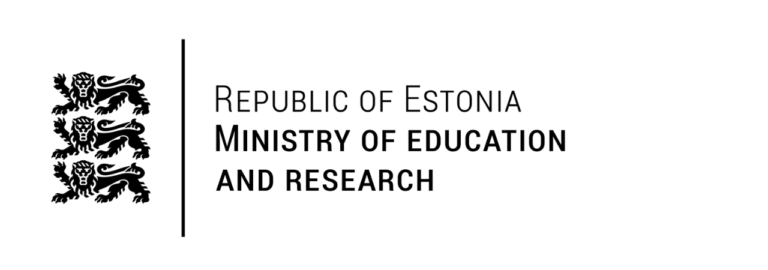A comparative analysis on equality in education was published today by the OECD. The OECD PISA 2018 results demonstrate that Estonia, a top-performer in PISA tests, stands out for providing equal opportunities and Access to education for all.
The Volume V „Effective Policies, Successful Schools“ of OECD PISA 2018 results focuses on how national education systems cope with social segregation in the society and to which extent equal Access and opportunities for education are granted. Such feedback helps countries to assess the impact of educational policies and offers research-based findings for further steps.
Good educational policy
Estonia’s constantly great results in PISA tests suggest that there is a track record of good educational policy decisions, said Mailis Reps, the Minister of Education and Research of Estonia. “Young people in Estonia have very good knowledge and life-skills. It is noteworthy that Estonia’s organization of education helps to mitigate the results of socio-economic background. I am glad that international assessments confirm that one’s socio-economic background does not play role in obtaining very good education in Estonia,” said Reps. “Of course, this doesn’t mean that our education system is ready. We must continue to mitigate inequalities in education, educate new teachers and increase the quality of teaching and learning,” she added.
The analysis assures that Estonia has created equal possibilities for all for obtaining Basic education. In Estonia, pre-primary education is available for the majority of children: 95,1% of 15-year-olds in 2018 confirmed participation in the pre-primary education. Participating in the pre-primary education has positive impact on students’ learning outcomes and further studies, especially for children from families with lower socio-economic background. Availability of pre-primary education is one of the cornerstones of equal education system.
National and school’ curriculum
The majority of Estonia’s children start school at the age of seven. 96% of participants attend public schools. In Estonia, teaching is conducted according to the national curriculum and based on school’s curriculum. It appears that the later students are divided based on curriculum, the better PISA results there are. In Estonia, students are divided between vocational education and upper secondary education only after basic education attainment.
In Estonia, students with different abilities study together: division by students’ capabilities is not common, usually division is made based on class or in some subject. Such approach gives better results compared to ability-based division or general division of a class.
The distribution of resources in education is even and fair, which means that resources are distributed evenly, but needs are also taken into account: students or areas that need more support also receive more resources. Estonian education system is also characterized by the even distribution of learning materials (including devices). In addition, it appeared that many school leaders find a lack of qualified teachers a problem and thus ensuring new teachers.
Student performance is the highest in Europe
OECD’s Programme for International Student Assessment tests 15-year-old students in three subjects: reading, maths and science. The survey also collects background information from students and school principals about factors that influence learning. PISA 2018 was implemented in 79 countries. In Estonia 5371 students (almost half of all 15-year olds) from 231 schools took part in the survey. Estonian Basic school student performance is the highest in Europe in all three subjects- reading, mathematics, and science. Estonia participated in PISA for the first time in 2006 and Estonia’s results are constantly very good.
PISA samples students according to strict sampling rules, therefore student sample is representative of each participating country. In the sampling process the stratification variables consider gender balance, proportions of urban and rural students, proportions of students with different language of instruction, etc. In the survey implementation process, countries follow strict rules to guarantee that the results can be comparable.
Additional materials:
- Main results. The Ministry of Education and Research
- OECD PISA 2018 Results (Volume V) Effective Policies, Successful Schools





